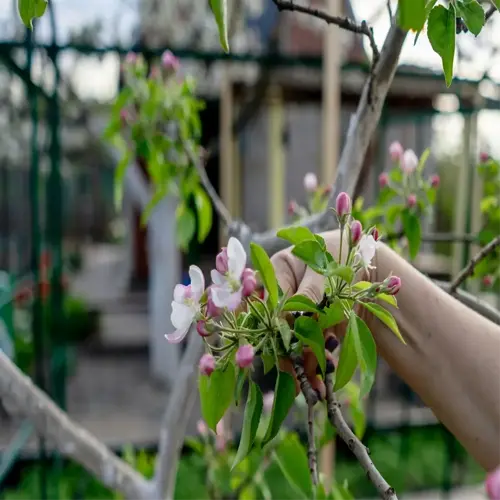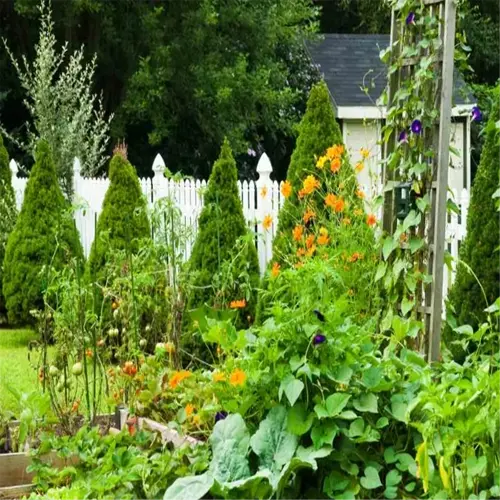How effective are self-watering containers?

Written by
Kiana Okafor
Reviewed by
Prof. Charles Hartman, Ph.D.Self-watering containers offer a new approach to caring for houseplants, as they give plants the water they need through capillary action. A reservoir at the bottom of the container works with a wick to move water into the growing medium when the plant needs it. No more asking "When should I water?" Many professionals or people who travel frequently have found these handy for keeping their plants thriving without putting in the time to water plants every day.
The science of these vessels offers a great approximation of the natural behaviors of roots. The soil will draw moisture up through a wick once it dries below 40% capacity. We avoid overwatering which is the most frequent cause of death for houseplants while ensuring the plant consistently accesses nutrients. Species native to tropical areas, like peace lilies, will love this.
Water Efficiency
- Reduce usage by 50-70% compared to manual watering
- Recycle condensation through closed-loop systems
- Ideal for drought-prone regions
Low Maintenance
- Refill reservoirs every 10-14 days
- No daily soil checks required
- Prevents nutrient leaching
Plant Health
- Steady pH levels promote root growth
- Prevents blossom-end rot in tomatoes
- Minimizes transplant shock
Urban gardeners are especially able to utilize these systems. A client in New York grew basil on their fire escape throughout the year, utilizing UV-resistant plastic containers they could withstand a temperature swing from 15°F (-9°C) to 100°F (38°C), showcasing the flexibility of these containers in extreme conditions.
If you are not familiar with aquascaping, maintenance is just a simple monthly ritual. You will want to regularly clean your reservoirs with vinegar since keeping algae away will keep your water cleaner longer. Each year, you will want to replace your cotton wicks or use glass fiber wicks if you live in an area with hard water. If you live in a humid environment, try adding cinnamon sticks to deter mold, as many Florida nurseries do successfully.
Innovations of the future will include soil sensors and solar pumps, which can automate fertilization and watering based on weather forecasts. Early adopters will establish the move towards smart gardens that merge ecology with modern conveniences.
Read the full article: Ultimate Guide to Self Watering Containers

